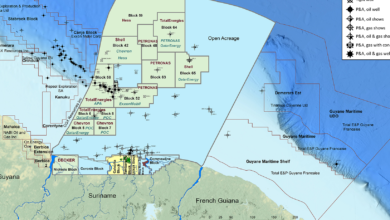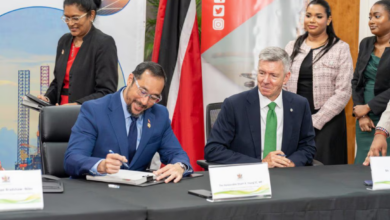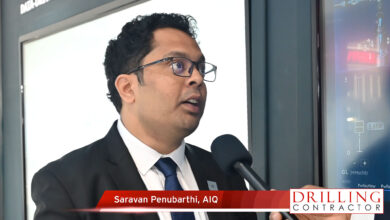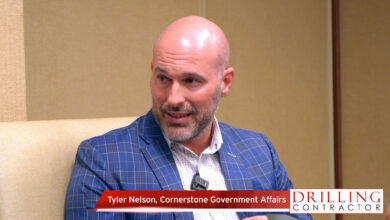Market fundamentals shifting, but massive need for more oil remains
By Linda Hsieh, Editor & Publisher
Amid the world’s increasing attention on renewables and the energy transition, oil and gas often gets labeled as a “sunset industry.” But that label is misleading, considering the forecast that Rystad Energy gave at the recent IADC World Drilling Conference.
One of the most eye-opening insights, given by Lars Eirik Nicolaisen, Rystad’s Deputy CEO, was that the world will need an additional 56 million barrels of oil per day (bopd) to come into the markets by 2030. “It’s a daunting task,” he said, noting that “this is just a reminder about the vast, vast underlying fundamental decline that sits at a well level in our industry.”
That number is assuming a base case scenario in which the world works to limit global warming to 1.9°C. His forecast also considered many of the “levers” that society is pulling in order reduce oil demand:
Electrification is moving rapidly, with electric vehicles already disrupting about 1 million bopd as of 2024.
Fuel substitution is not making much of a dent, and Mr Nicolaisen called hydrogen’s ability to be deployed and to destruct oil demand “underwhelming.”
Energy efficiency is advancing quickly but is being somewhat outweighed by consumers’ continued preference for larger vehicles like SUVs.
Work-from-home practices are leading to less driving, and the personal vehicle fleet in the US has not returned to 2019 levels.
How the market is changing
While by Rystad’s analysis, there seems to be enough supply with breakevens at $60 or under to meet the call for those 56 million additional barrels, Mr Nicolaisen said the realities of market economics point to $80-100 as the actual price needed.
While “traditional planning assumptions” factor in a 10% cost of capital, the actual cost of capital in today’s markets is higher. Investment hurdles in the oil and gas space is on the rise, he explained, noting that many of the larger E&P companies are focused on internal rate of return hurdle rates in the 15-20% range.
“In other words, the threshold for actually sanctioning projects in this industry is rather high right now,” he said. “Oil companies are very disciplined in how they deploy capital. That’s what we are waking up to.”
Mr Nicolaisen added: “I think we all know that we are in a CAPEX cycle, both onshore and offshore, but the one thing that hasn’t really come back materially is exploration efforts.” Majors and IOCs have primarily been replacing their reserves through M&As. Only approximately a third of the replaced barrels have come through exploration.
But that trend is likely to change in the coming years, he forecasted. “With this high activity level in acquisitions and mergers, we’ve seen that the valuation multiples at which these transactions are happening is inflating.” As these prices continue to rise, the cost of those acquired barrels will reach par with the cost of exploration, thereby incentivizing exploration once again.
However, while increased exploration is good for the industry, he cautioned that, going forward, E&Ps will have to undertake a different, more strategic approach with their suppliers – including drilling contractors. “Capital markets used to be very willing to finance the supply chain… They are no longer. The oil companies will no longer be blessed with a lot of equipment just coming online by speculation. There’s no willingness anymore to speculatively finance expansion of equipment portfolios… We’re going to have to think a little bit differently around this.” DC
Click here to view a video with Rystad’s Lars Eirik Nicolaisen at IADC World Drilling.




